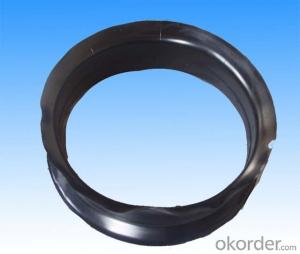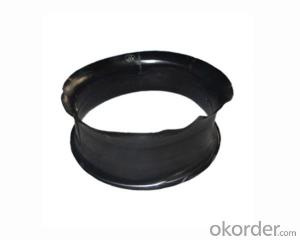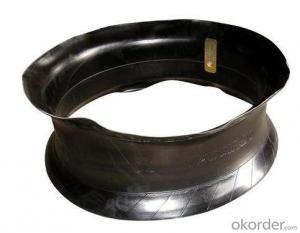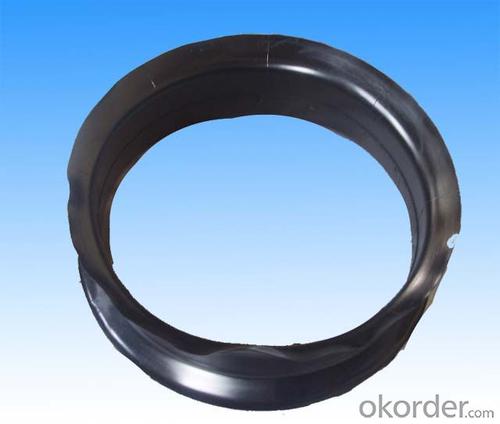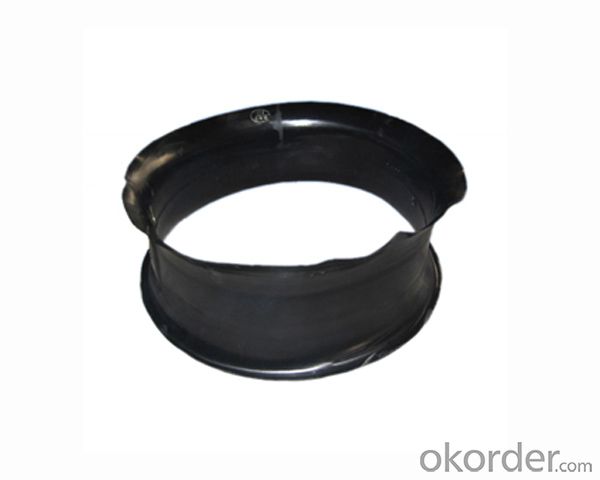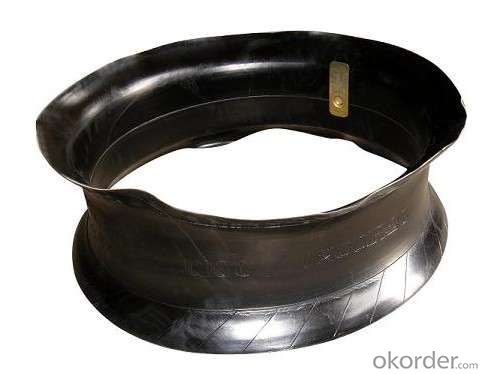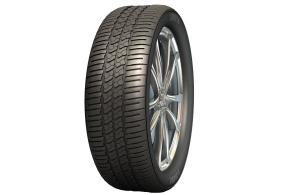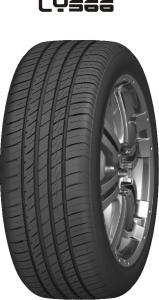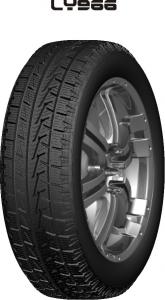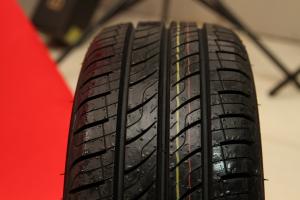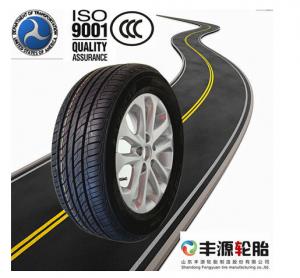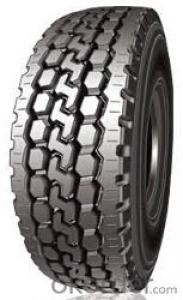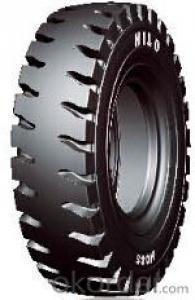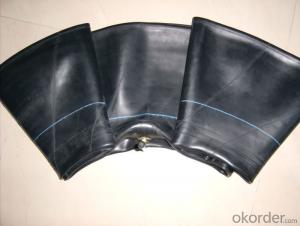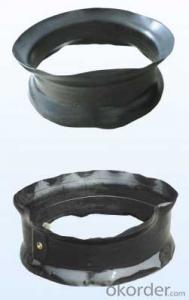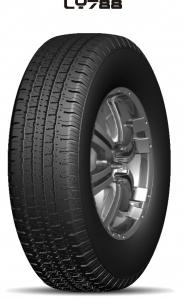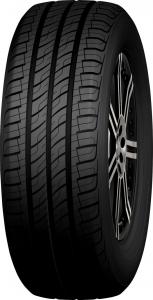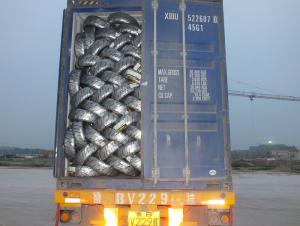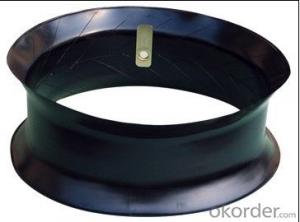Rubber Truck tire flap
- Loading Port:
- China Main Port
- Payment Terms:
- TT OR LC
- Min Order Qty:
- -
- Supply Capability:
- -
OKorder Service Pledge
Quality Product, Order Online Tracking, Timely Delivery
OKorder Financial Service
Credit Rating, Credit Services, Credit Purchasing
You Might Also Like
| tyre flap | weight | width |
| 600-9 | 0.65kg | 160mm |
| 650-10 | 0.65kg | 160mm |
| 700-12 | 1.1kg | 170mm |
| 650/700-16 | 1kg | 165mm |
| 750/825-16 | 1.1kg | 180mm |
| 825/900-16 | 1.4kg | 185mm |
| 650/700-15 | 1.1kg | 170mm |
| 750/825-20 | 1.6kg | 185mm |
| 900/1000-20 | 2.1kg | 200mm |
| 1000/1100/1200-20 | 2.3kg | 210mm |
| 1100/1200-20 | 2.8kg | 230mm |
| 1100/1200-22 | 3.1kg | 230mm |
| 1100/1200-24 | 3.1kg | 230mm |
| 1400-24 | 4.0kg | 240mm |
| 16/70-20 | 4.5kg | 280mm |
| 1400-20 | 3.5kg | 240mm |
| 23.5-25 | 9.5kg | 500mm |
| 26.5-25 | 11kg | 510mm |
| 17.5-25 | 5.5kg | 350mm |
| 20.5-25 | 7.5kg | 410mm |
| 10.00/75-15.3 | 1.4kg | 185mm |

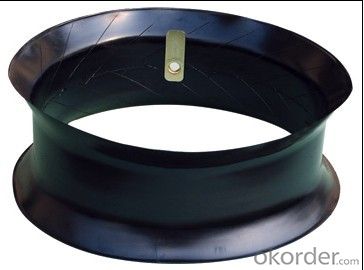
- Q: Looking to find out the best car tire brand?
- 1.) Michellin #2.) Bridgestone #3.) Goodyear
- Q: can they still drive?? i drive sometimes and see these HUGE chunks of tires and i wonder, did that blow out make the truck stop, or do they keep on rolling??
- When they blow a tire on the trailer or even the back wheels of the tractor they can still drive, at least for a while. They are all double tired, so when one goes they just lose the rubber and can move on until they find a place to replace the tire. Now, trailers that are extremely heavy may have to replace the tire right away or risk blowing the second tire due to the weight.
- Q: I need to buy me 2 tires for my mini van. I normally order it from Tire Rack and buy Bridge Stone tire. I have heard Toyota is doing free give away with purchase of tire, or tire kingdom is also doing some kind of free give away. I know I like Bridge Stone tire, and Tire Rack gives a great price.
- You already know the answer my friend, I find tire rack is very knowledgeable and has a great selection at great prices. And I've never bought from them you could also try local tire specialty shops. I live in ontario and my city there are a couple of shops that only deal with tires and that's it.
- Q: im selling 4 tires on ebay, but im not sure how i could ship them. any ideas?
- box up one tire at a time and take to usps
- Q: I just bought 4 new Primewell tires for my Toyota. My question is are these tires normally this LOUD! Goodness im not sure if it‘s a bad wheel bearing or just the tires. These tires are extremely cheap imported tires from China but im wondering if anyone else is experiencing or has experienced this noise issue with these tires. I guess I should of paid the extra money for better tiresthe noise I get is a shooosh like noise. Could be wheel bearing but was also told Primewell tires are noisy!
- They are bottom of the barrel tires. My mom got a set on her car a few years ago (amidst protests from myself). The ones on the front flat out failed about a year after she got them. Both split along the shoulder of the tread (on the same day), and wouldn't hold air, they had about 10k miles on them. At first we though it was vandalism, given that both failed at the same time, but they were split on the inside (facing the middle of the car, not the outside), and had cracks all around. They just failed. After a round of I-told-you-so's, I first took the car to the place where she bought them (chain tire store), they said that they definitely failed, but there was no warranty for structural defects, only treadwear. I told them that that was outrageous, they said they could get me two more Primewells at a pro-rated rate, and that was all they could/were willing to do, and it would be about 3 days before they could get that particular size in. I told them that I certainly didn't want the tires replaced with such s**t tires and to forget it. I went down the street to a warehouse club, and promptly ordered a set of Michelin Pilot Sport AS3+'s , which arrived the next day. These tires are far, far superior to the crap Primewells. I rest a bit eaiser knowing that my mom is riding around on quality tires. The Michelins impressed me so much that I got a set for my Mustang when the factory Pirelli's wore out. TL/DR Had a bad/dangerous experience with Primewell tires. Never cheap out on tires or brakes for your car.
- Q: How is the car tires and hubs connected?
- Rubber part with the steel ring, the car is directly put up, with a turban machine installed, the gas hit a foot on the tight. There is a side of the ring of the cart is removable, the general set after, and then on the ring, and then add a lock ring, ring on the lock. Some of the car's large-size tire ring is fixed with bolts.
- Q: what is the best tire pressure on a ford tauras 97 with goodyear viva 2 205/65/15
- it really is stamped on the area of the tire the motor vehicle manufacture has a plate commonly on the door it truly is for the most gentle vacation and coping with skills no longer for the existence expectancy of the tire i run what the tire producer advise.
- Q: the tires are a bf goodrich 195/60R15. Thanks
- The recommended tyre pressure for a 2002 Hyundai Elentra is 30psi.
- Q: which company manufactures the best tyres (tires) bridgestone, pirelli or is there anyone else ?
- I have had both. For me, I prefer Pierelli, but Bridgestone are good also. Pirelli seems to last much, much longer, and I think are better for gripping and cornering in the wet. Importantly, I always replace at least two tyres at a time, like front, replace both, so both sides get absolutely equal road contact, and no chance of one tyre causing any trouble with the other. This becomes even more important if you are driving at highway speeds. A last thougth: Consider warranty: Cars come with fairly cheap tyres to keep costs low, thus while safe, they are not necessarily the best for long term wear and reliability. Also, if I have one tyre go bad, like I did on my 93 Toyota, I often will replace all of them, especially if several years old. Again, safety. If one has failed, then another may follow. If a nail or tack, that is different, but if it is just plain being knackered, then better to replace all, in my humble, wimpy, want to feel safe opinion!
- Q: i heard there are self seal able bicycle tires not the inner tube but the tire it self. place links down below thanks Brian
- Generally wheel bearings fail because of two factors, lack of maintenance, and improper adjustment. Depending on what type of bearing you are concerned with. In my experience FWD sealed bearings fail due to age and lubrication failure ( most FWD bearings are sealed type), impact damage, and over tightening. RWD non drive bearings ( front of vehicle) fail due to neglect (no maintenance), improper adjustment, and again impact damage. RWD solid axle wheel bearings fail mostly due to loss of lubrication, (low diff. fluid level) overloading vehicle, and severe usage (contamination).
Send your message to us
Rubber Truck tire flap
- Loading Port:
- China Main Port
- Payment Terms:
- TT OR LC
- Min Order Qty:
- -
- Supply Capability:
- -
OKorder Service Pledge
Quality Product, Order Online Tracking, Timely Delivery
OKorder Financial Service
Credit Rating, Credit Services, Credit Purchasing
Similar products
Hot products
Hot Searches
Related keywords
